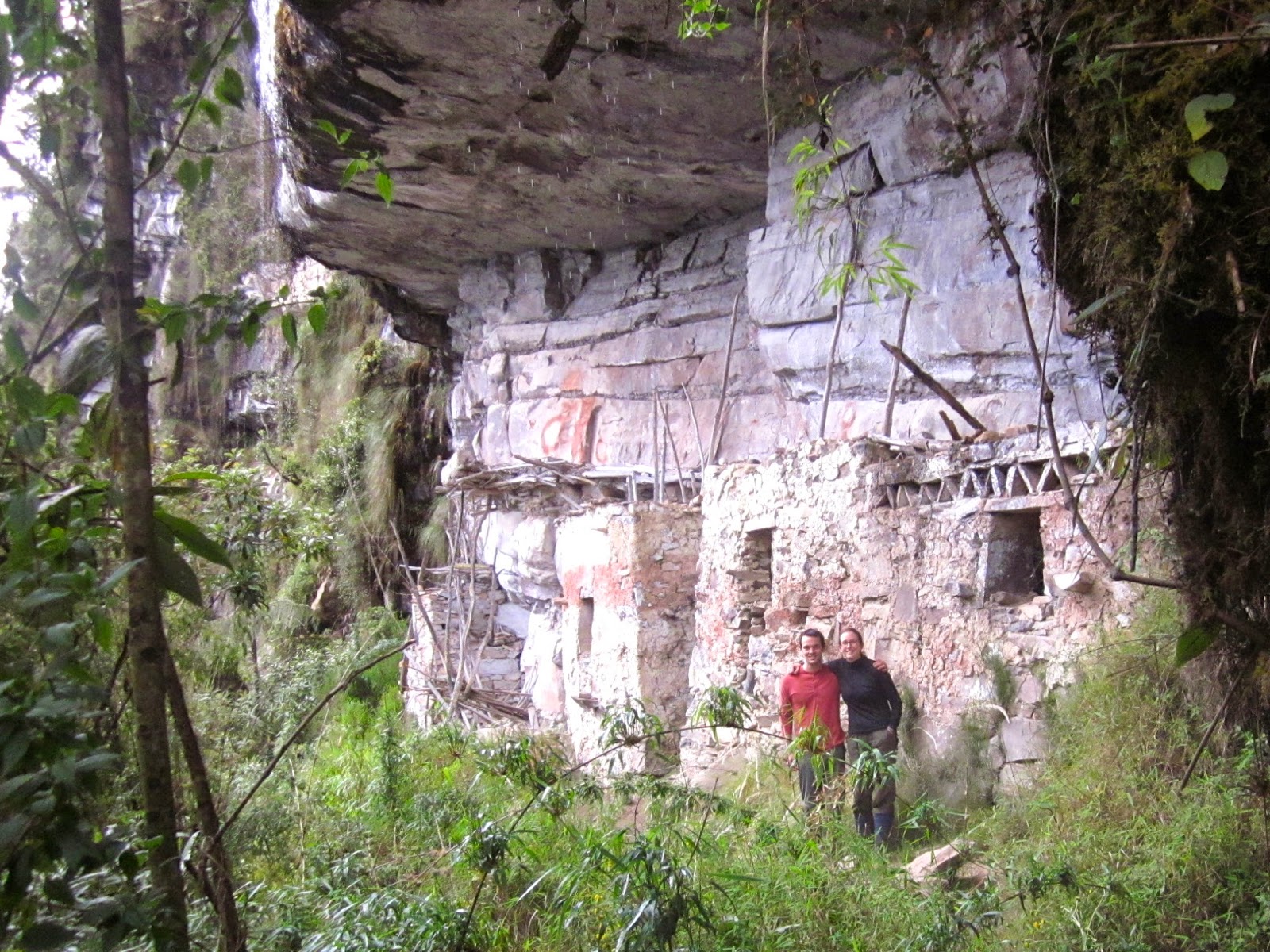Heading south from Lima for my post-Peace Corps Bolivian adventure, the first stop was Lake Titicaca. At 3800 meters (12,500 ft) of elevation, Lake Titicaca is the world's 18th-largest lake by surface area and largest among high-altitude lakes. Since it's the biggest lake I've ever navigated, I was in awe of its sheer scope, and the points where its water stretched all the way to the horizon, as an ocean would. The lake is a remnant of Lago Ballivian, an ancient inland sea, and sits on the border of Peru and Bolivia.
Naturally, I started on the Peruvian side, staying in the city of Puno and boating out to explore the 75+ floating islands made of totora reeds. Each island's evolving engineering was fascinating to learn about, and it was interesting to see how the current inhabitants try to keep the historic reed- and fish-based culture alive.
Also near Puno were the ruins of Sillustani, with numerous tower-style tombs like this one perched high above a smaller lake:
Puno sits in the altiplano region of Peru - a high-altitude but generally flat area, most known for being quite windswept and producing lots of potatoes. I decided to have a typical altiplano meal: alpaca steak and papas.
 |
| Each region, and even town, in Peru has a different kind of typical bread. Puno's appeared to be this yummy cheese-bread, which I of course sampled. |
After Puno, it was time to cross the border to Copacabana, the lakeside town on the Bolivian side of Titicaca. While the floating islands were nice, the lake's highlight for me was definitely the Isla del Sol (island of the sun) on the Bolivian side. I spent a day hiking the island north to south, and was treated to lots of its namesake sol and beautiful sweeping views of the surrounding water and mountains.
 |
| Alpaca friend :) |































